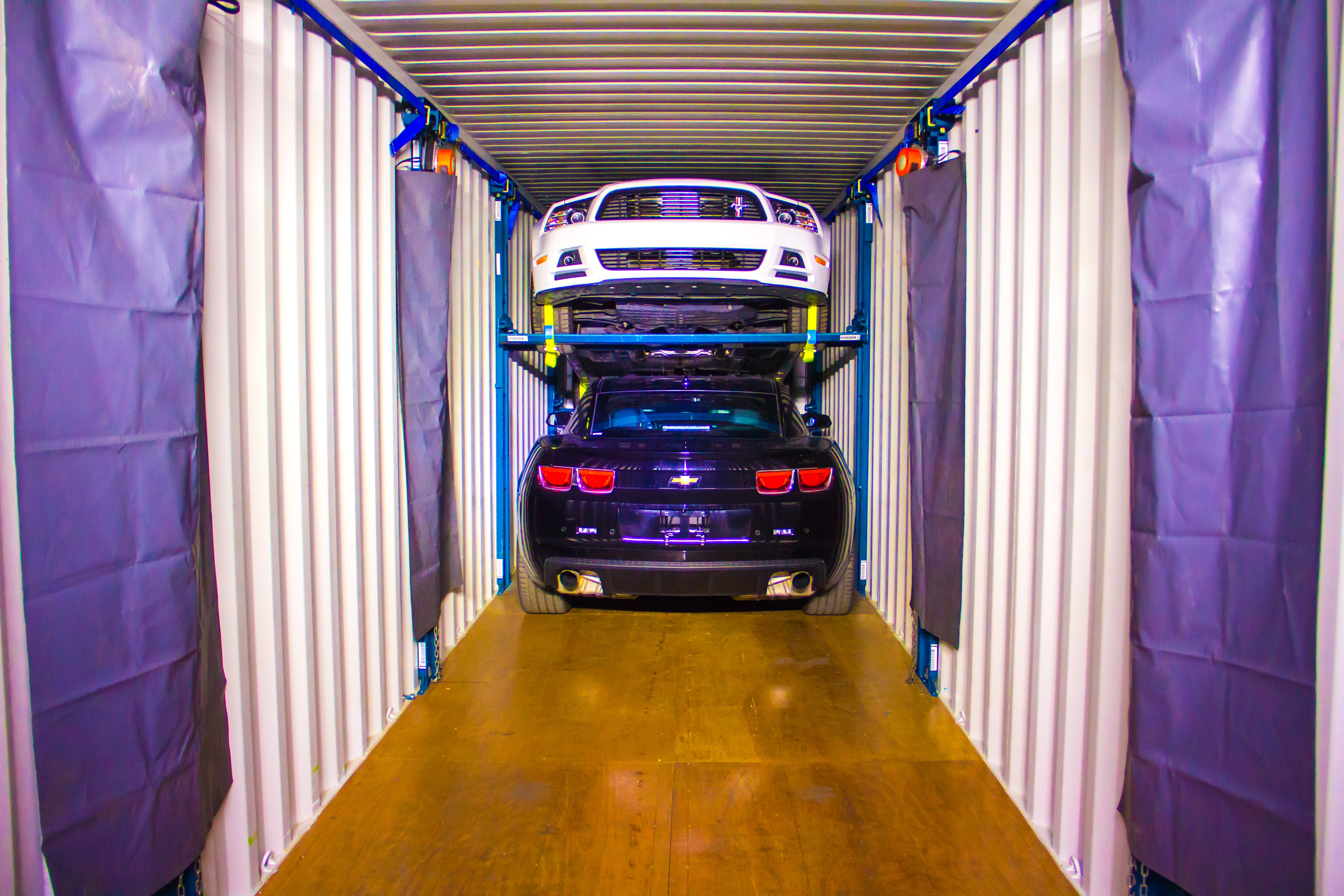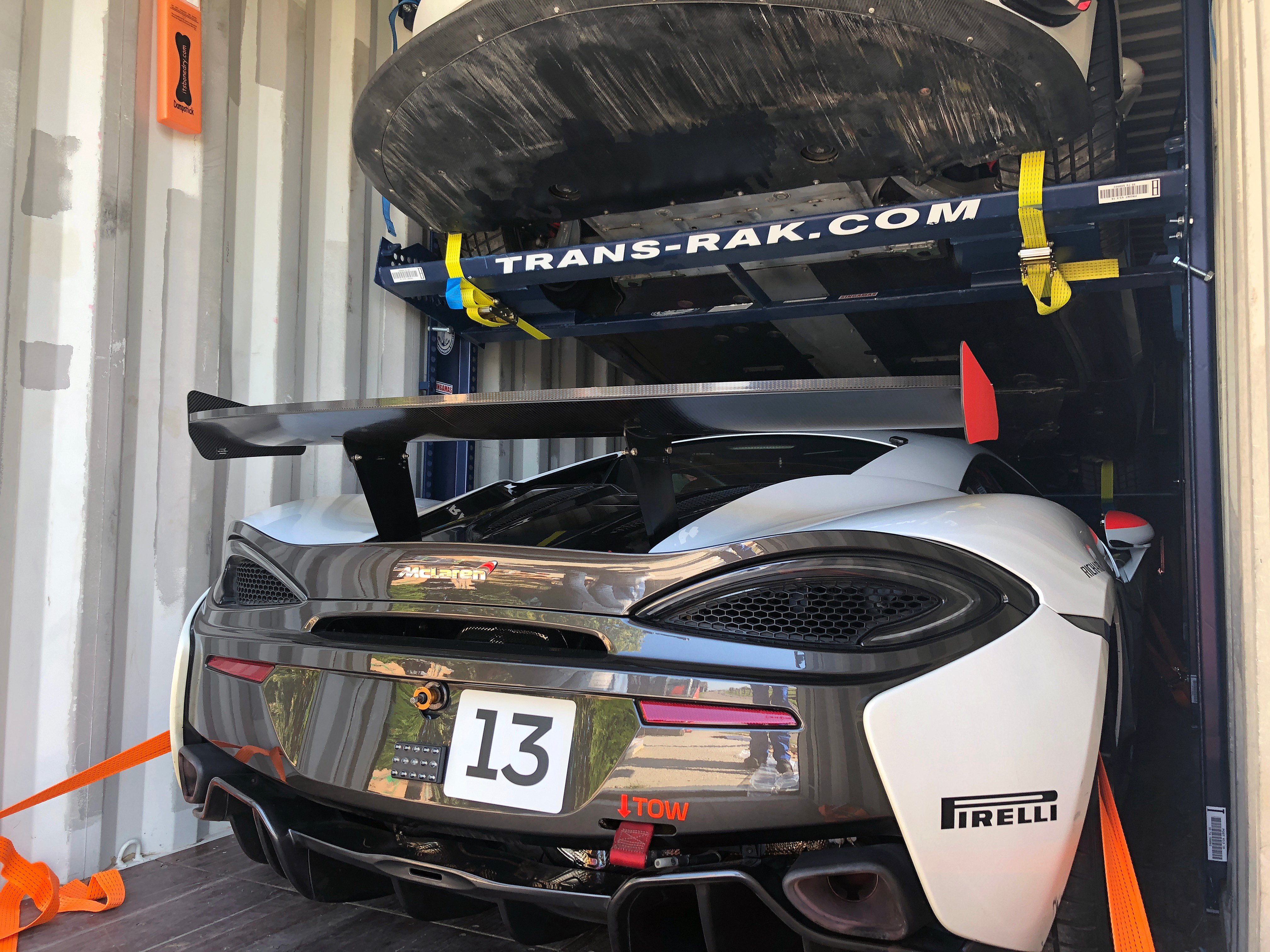
In recent years, the global automotive industry has seen a dramatic shift toward electric vehicles. While this trend promises to reduce emissions and provide more sustainable transportation options, it poses a unique challenge for automotive logistics businesses.
This is because traditional RoRo shipping methods are not always viable due to international legislation on lithium batteries. In this article, we’ll discuss the challenges that this presents and explore alternate solutions that logistics businesses can use to transport electric cars efficiently.
The Challenge Facing Logistics Businesses
Logistics businesses face a significant challenge when transporting electric vehicles due to restrictions on shipping lithium batteries within vehicles. Simply put, in many jurisdictions, the battery must be removed from the vehicle and stored separately – for safety reasons – during shipping.
This rules our RoRo shipping in many cases, because the stipulation that the battery be removed makes it impossible to drive an electric vehicle on and off a RoRo ferry for haulage - which means that they are no longer universally viable solutions for transporting electric cars.
This presents expensive implications for shipping businesses and manufacturers, including retraining staff, costly delays in transit times, and increased costs for customers. What’s more, the added shipping complications could create problems with supply chain disruptions and ultimately lead to limited availability or higher prices of electric vehicles for consumers.
This Unanticipated Transportation Hurdle Raises The Question: How Can Logistics Firms Adapt Their Infrastructure And Processes To Transport Electric Vehicles?
With the rising popularity of electric cars and the growing demand for them in the UK and overseas, the answer must be found quickly for the automotive industry to keep up with the changing times.
Alternative Shipping Solutions For Electric Vehicles
Fortunately, there is an alternative solution for logistics businesses struggling to navigate these restrictions – containerised car shipping. This method offers numerous benefits compared to roll on roll off, such as increased safety and lower risk of damage during transit due to better packing techniques.
Moreover, containerised shipping helps logistics businesses adhere to international legislation while still delivering EVs efficiently – as once the car is secured within the shipping container, the battery can be removed safely without impacting logistics considerations, as the vehicle won’t need to be driven again until it arrives at its final destination.
Containerised shipping of electric cars has emerged as the most viable solution for transportation for car manufacturers around the globe.
The reason is that, unlike traditional combustion engine cars, electric cars need to be handled with extreme care and require controlled environments to prevent degradation of the battery and other sensitive electrical components. The sealed environment offered by shipping containers prevents them from being exposed to external elements like dust, salt water, or debris that could damage their internal mechanics.
Separate storage within the same or a separate shipping container to the vehicles also helps preserve the battery life and reduces short circuiting risks. Further, the sealed environment reduces potential cargo theft of valuable EVs; thereby ensuring that they reach their destination in optimal condition and minimising costs related to rectification of damages at the receiving end.
Download Our Containerised Car Transport Guide
Containerised car shipping helps logistics businesses adhere to international legislation while still delivering EVs efficiently and cost-effectively – something that is essential in today’s market climate. For more information about how our reusable steel racking solutions can increase the convenience and reduce the cost of containerised shipping, please download a free copy of our Containerised Car Transport Guide today.
Image Source: Canva
















